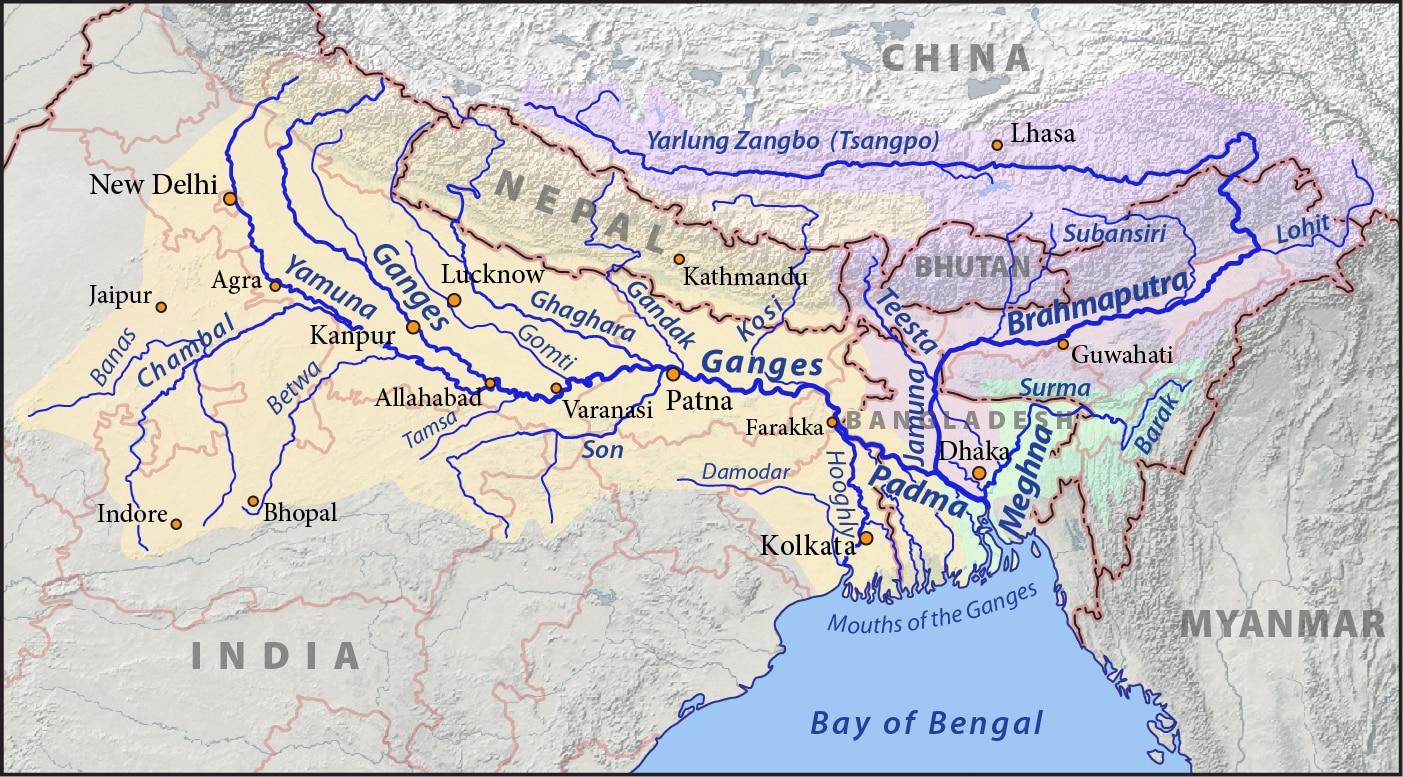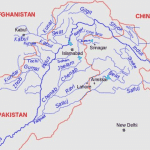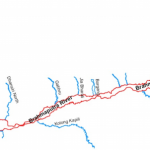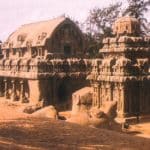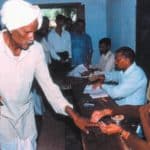- The headwaters of the Ganga, called the Bhagirathi is fed by the Gangotri Glacier.
- Alaknanda originates from Satopanth Himalayan Rivers Glacier.
- Dhauliganga (which originates from the Niti Pass) and Alaknanda meet at Vishnu Prayag and the combined river is called Alaknanda.
- At Nand Prayag, the Nandakini River joins the Alaknanda River
-

- Alaknanda and Pinder (from Nanda Devi) meet at Karn Prayag and the combined river is called Alaknanda.
- Alaknanda and Mandakini (from Kedarnath) meet at Rudra Prayag and the combined river is called Alaknanda.
- Finally, Alaknanda meets Bhagirathi at Dev Prayag and after merger form the Ganga.
- At Haridwar, the Ganga emerges from the mountains on to the plains.
Tributaries ( Himalayan Rivers )
- Left Bank Tributaries
- Ramganga– originates in uttarakhand and meets Ganga in Uttar Pradesh.
- Gomti– originates in northern UP. Lucknow is situated on this river.
- Ghaghara (Saryu)- rise in Nepal Himalayas-Gurla Mandhata Peak (Tibet). It is also called Karnali River. Meets Ganga in UP. Kali (Sarda) + Karnali merge to form Ghaghara. Rapti joins Ghaghra and finally Ghaghara joins Ganga.
- Gandaki– rise in Nepal Himalayas ( Tibet→Nepal→Bihar)
- Burhi Gandak- originates and meets Ganga in Bihar.
- Kosi– rise in Nepal Himalayas. Meets Ganga in Bihar. It receives heavy rainfall and therefore carry huge volumes of water. As a result, shifting of course takes place which leads to floods.
- Mahananda- it originates in West Bengal and joins Ganga in Bangladesh
-
Right Bank Tributaries
- Yamuna– It originates from the Yamunotri Glacier, flows parallel to Ganga and meets it at Allahabad. Delhi, Agra and Mathura are situated on Yamuna. Chambal, Sindh, Betwa (Dhasan is its tributary) and Ken, all from Vindhyan Range, are its important tributaries. Chambal is made up of Banas (from Aravallis) and Kali Sindh, Parbati from Vindhyas.
- Punpun– it originates in Jharkhand and joins Ganga in Bihar
- Tamsa (Tons)- Madhya Pradesh & Uttar Pradesh. It is an important right bank tributary of Yamuna and rises from Bandarpunch Glacier in Uttarakhand.
- Son – comes from peninsular uplands (Amarkantak Plateau), has shorter course and does not carry much water. It meets Ganga in Patna.
Rihand is the tributary of Son originating from Ramgarh Hills.
North Koel is a tributary of Son originating from Chota Himalayan Rivers Nagpur Plateau.
Contents
- Enlarged with waters from its right and left bank tributaries, the Ganga flows eastwards till Farakka in west Bengal.
- This is the northernmost point of the Ganga delta.
-
The river bifurcates here:
- The Bhagirathi-Hooghly (a distributary) flows southwards through the deltaic plains to the Bay of Bengal. Ajay River is a tributary of Hooghly. Kolkata is located on Hooghly.
- After entering Bangladesh, the main branch of the Ganga is known as Padma. The Padma is joined by the Jamuna river, the largest distributary of the Bramaputra.
- Further downstream, the Padma joins the Meghna, the second largest distributary of Brahmaputra, and takes on the name of Meghna which flows into the Bay of Bengal.
- The delta formed by this mighty river is known as Himalayan Rivers the Sunderban Delta.
- The Sunderban Delta derived its name from the Sundari tree which grows well in marshland.
- It is the world’s largest and fastest growing delta.
- It is also the home of Royal Bengal Tiger.
- Ambala is located on the water divide between the Indus and the Ganga river system.
- The statewise distribution of the drainage area is given below:

Read More: Indian River System

